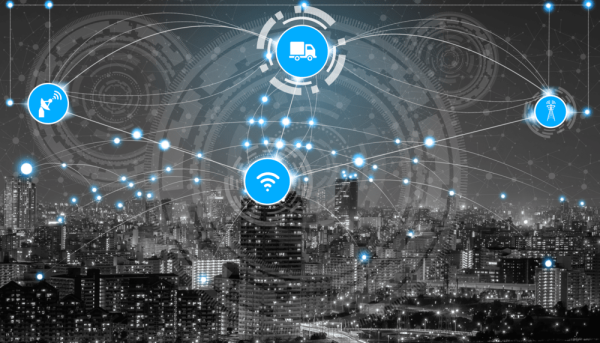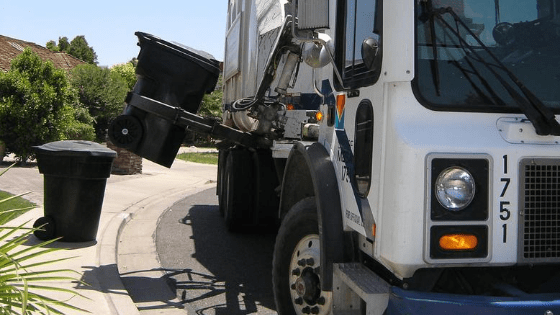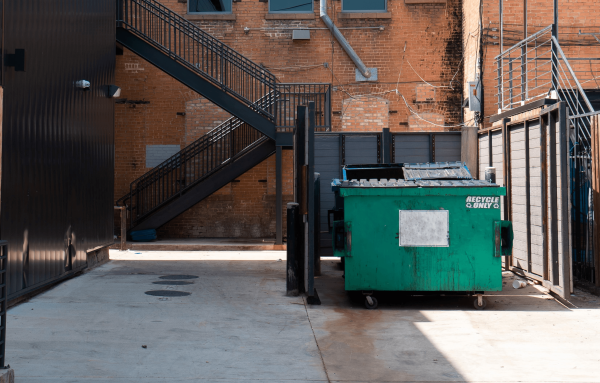The Next Big Thing: How Telematics Solutions Will Empower Future Smart Cities
September 22, 2020
Smart cities combine the power of data and digital technologies to improve our quality of living and help us make better decisions. More specifically they put IoT (Internet of things) sensors and embedded technologies to work and collect data and information to help businesses and municipalities better manage fleet operations, improve fleet safety, and increase fleet sustainability. In fact, many are seeing smart cities to be fundamental for pushing various new safety standards forward on a legislative level in addition to a business level.
When discussing smart cities, telematics technologies are the backbone of facilitating data collection, exchange, transmission, and management in a data-driven city concept. With new emerging and improved technologies, such as artificial intelligence, machine learning, and big data platform, businesses are beginning to get on board and move forward to a more intelligent and cost-effective future as safety continues to improve as a result.
Costs Of Getting Involved In Road Accidents
One of the Smart City concept’s key strategies is utilizing the power of open data to enhance community safety and road safety. Road accidents are costing the Canadian economy a staggering 19.8 billion dollars every year, and that number keeps on rising.
Businesses do not want to become victims of road safety accidents and incur the huge financial losses. Vehicle accidents result in higher maintenance costs, hefty fines and victim compensation, increased insurance premiums, low employee morale and crippling lawsuits.
Building And Sharing Data: Better For All
It doesn’t always have to be that way with the help of new innovative technologies and tools. Most of the road accidents are preventable.
Smart cities empower drivers to make smart and safe decisions by bringing monitoring tools, sensors and equipment. By attaching smart sensors to the valve-stem assembly of tires, it helps businesses track tire pressure, tire health, and document vehicle performance. Furthermore, it can also record ground temperature, hard brakes and acceleration speeds, which may help the city to identify any unsafe road conditions when it is shared on the open-data platform.
All parties benefit substantially from a simple sensor like this. The city can be quickly notified about poor road conditions, such as a road surface defect and send out maintenance fleets for repair. Simultaneously, business fleets can gain an insider look of vehicle operations and optimize routes to avoid roads with potholes and poor surfaces to save fuel costs and maintenance costs.
Advancement in camera and artificial intelligence technologies enable more interconnected data sharing and exchange between private fleets and the city. Smart cameras can perform multiple tasks at once, from vehicle collision detection and prevention to traffic monitoring.
The collision detection and alert feature protect your drivers and assets from accidents, while the traffic monitoring feature may help the city to measure signal light wait time and travel time. This important feature contributes not only to safety improvement of your business fleet but helps build a safer and more efficient transportation network for the city.
From the visual footage, data, and information collected from vehicle onboard sensors and devices, cities have the opportunities to identify community accident hotspots and road safety risk factors. This enables corresponding departments to take action to address the problems and raise safety awareness within communities. This level of seamless, mutually beneficial data-sharing system is only possible to achieve through the implementation of telematics solutions.
Waste Management: Experimental Field For Smart Operations
Urgent Needs Of Innovations
Since the beginning of the COVID-19 pandemic, household wastes, residential trash and recyclables spike as people started to spend more time at home and ordered more items online. In Toronto, the garbage picked up in many parts of the city increased by 35% compared to last year. With growing pressure placed on the municipal waste collection services, innovations and new technologies are urgently needed to facilitate safe and efficient garbage pick-up services. Telematics solution plays a big part in this important need for innovations.
A Fundamental Change In Assets Management
The design of the garbage bin hasn’t changed in decades and is long overdue for an upgrade. Digitalizing bin infrastructures is an essential step in advancing the urban waste management system towards a data-driven smart infrastructure piece. The new bin equipped with full-level sensors utilizes ultrasound technology to measure and detect the bin fill-level and transmit data to the central operating system in real-time. Focusing on what many smart cities require – connectivity.
The system will use the latest artificial intelligence and machine learning technology to analyze data and determine if there is a need for garbage pick-up services. This process allows garbage pick-up trucks only to collect full bins and save 30% of costs through optimizing pick-up routes. The new bin design also features a unique RFID (Radio Frequency Identification) tag or sticker, enabling users to track, identify, and record all bin assets. Combing with the advanced sensors, users obtain a clear overview of every bin’s location, status, and quantity. The enhanced accessibility and visibility to all the asset information enable users to utilize and dispatch the appropriate numbers of vehicles to complete tasks efficiently.
Safety Protection For Everyone
But where does safety come into play? The real-time monitoring and location tracking of the entire operating fleet help the user tracking work progress and make necessary operational adjustments related to safety. Telematics solutions work to guarantee worker’s and driver’s safety when used properly. Cameras and recording devices can be installed on the sides of vehicles to provide operators with a clear view of their surroundings. Allowing operators to monitor and ensure complete visibility while using arms and loaders’ operation, hopper, compactor, and ancillary equipment in real-time to protect workers and nearby pedestrians from injury. Remember, the risk of pedestrian or worker injury is high when precautions are not taken and if there were to be an accident, it could be detrimental to the future of a fleet.
The multiple sensors installed on the vehicle help drivers and fleet managers to monitor engine health, hydraulic system status, engine status, and create routine maintenance plans to reduce vehicle and equipment failures during operations. Additionally, the collision avoidance system and driver distraction camera serve as an extra layer of protection to safeguard fleet operations.
Telematics is the New Paradigm
To prepare your businesses to meet the future needs of customers, you need an advanced integrated data and safety fleet management system to help you manage and mobilize your assets. Your fleet needs the right tools to collect data, gather information, and transfer these data to solve real-world challenges. As we transition into a more connected and globalized world, you surely want to have your fleet be ready to handle all the complex tasks ahead.
Contact us today to see how cutting-edge solutions that leverage real-time data can make a real difference in the safety and productivity of fleets that are essential to the progress of smart city initiatives.


